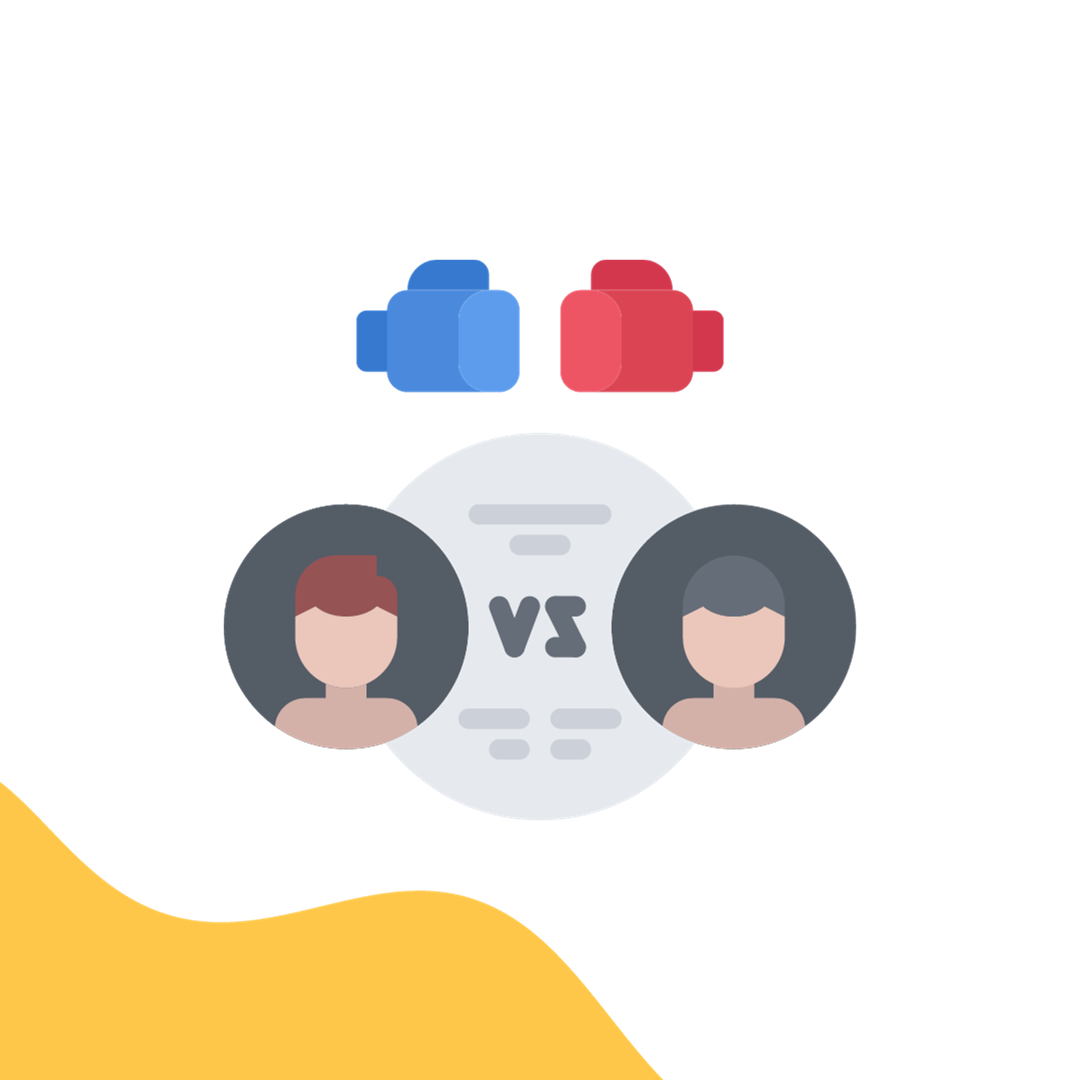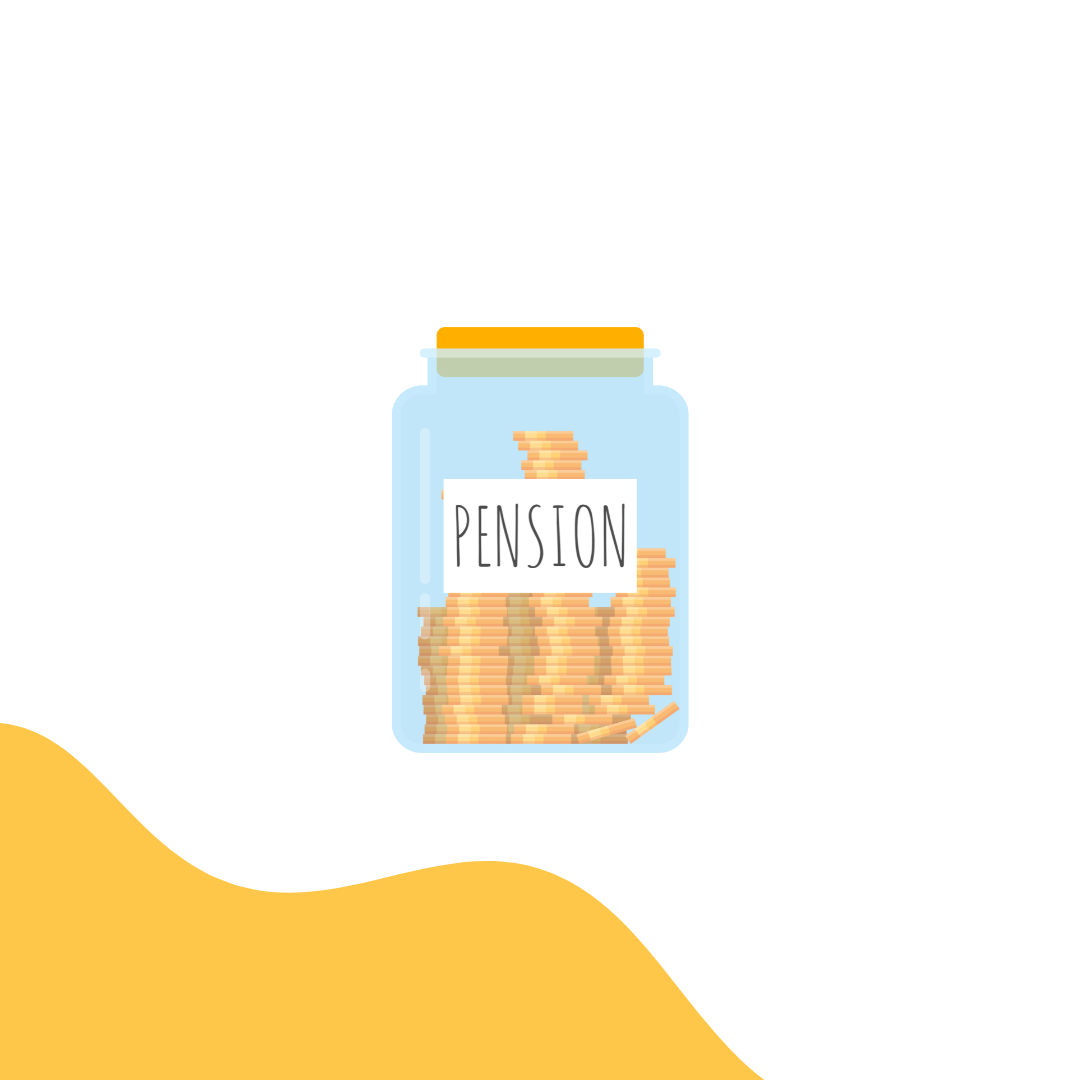Payment on account is a system used by Her Majesty's Revenue and Customs (HMRC) to collect tax from self-employed people and small businesses. It involves making two advance payments towards your tax bill, on 31 January and 31 July each year.
Why is payment on account used?
Payment on account is used to help HMRC collect tax more evenly throughout the year. Without payment on account, self-employed people and small businesses would not have to pay any tax until January, when their tax bill would be due in full. This could lead to some people having to pay a large lump sum of tax in one go, which could be difficult to afford.
How is payment on account calculated?
Your payment on account is calculated based on your previous year's tax bill. If you have not been self-employed for more than one year, HMRC will estimate your tax bill based on your expected earnings for the current year.
Who has to make payments on account?
You must make payments on account if you are self-employed or own a small business and your expected tax bill for the current year is £1,000 or more.
A Simple Example
Let's say you are a self-employed copywriter who earns £43,000 in a year & your tax bill for the year is £8,600. You would need to make two payments on account of £4,300 each, on 31 January and 31 July.
When you file your tax return in January of the following year, you will calculate your final tax bill for the year. If you have overpaid tax, you will be entitled to a refund. If you have underpaid tax, you will need to pay the balance.
Conclusion
Payment on account is a system used by HMRC to collect tax from self-employed people and small businesses more evenly throughout the year. It involves making two advance payments towards your tax bill, on 31 January and 31 July each year.
If you are self-employed or own a small business and your expected tax bill for the current year is £1,000 or more, you must make payments on account.



